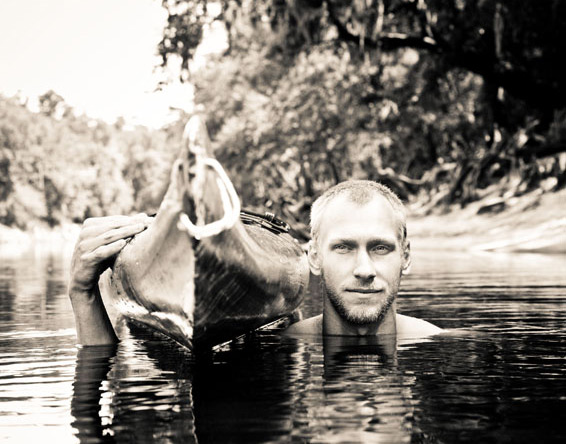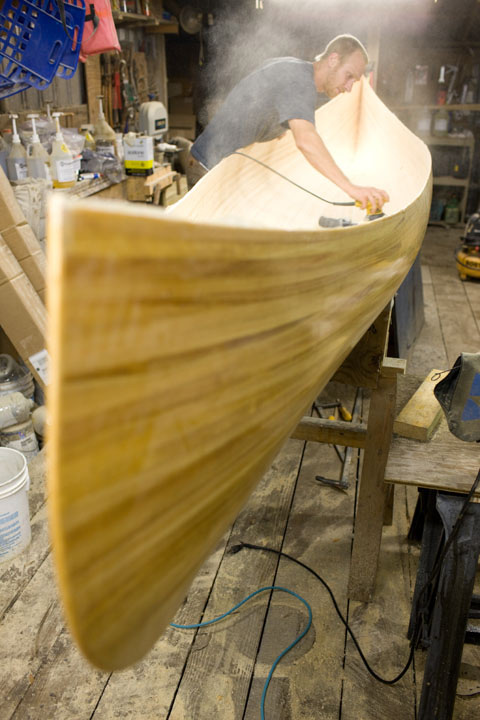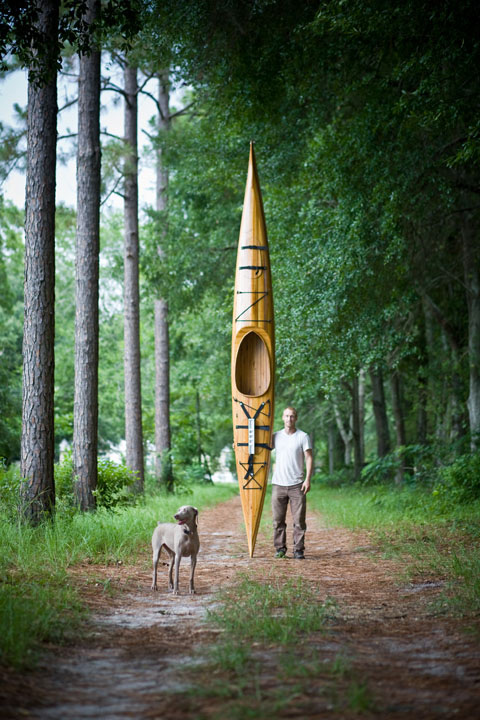The drought continues this summer in South Carolina, particularly in the upstate counties. For the July issue of Charleston Magazine, I wrote a feature piece about the squeeze on the state’s drinking water sources. Other parts of the country are doing more to use water efficiently, and some of the issues other states started dealing with years ago – including interstate water wars – are now coming to South Carolina. The hope is that some of the accumulated wisdom is coming, too – along with efficiency measures and good old low-tech solutions, like rain barrels. For example, surfer and biololgist Mike Arendt collects thousands of gallons of rainwater each year from his James Island rooftop. Below is an excerpt from the longer feature, including the part about what Mike’s been doing with his rainwater catch.
Quenching the thirst
Water is a fleeting subject in Charleston. One that comes and goes, and mostly goes… while we carelessly wash our hands and fill our tubs and pools, water our zinnias. That is, unless there’s a recurring drought. (Like now.) Or there’s a slowing of the economy and people are watching all expenses more closely, even water bills. (Like now.) Or an interstate “water war” is launched. (Yes, that’s happening now, too.)
“The question of water and its availability and use is really with us now, front and center,” says Henry McMaster, South Carolina’s attorney general. He’s the same man whose office has cracked down on Internet predators, on animal fighting. And lately, the state’s chief criminal prosecutor has gone to bat as an advocate for the state’s fresh water sources, for its rivers. Last year, when his office got word of North Carolina’s plans to allow tens of millions of gallons to be withdrawn each day from the Catawba River before it flows across the state line into South Carolina, McMaster petitioned for the issue to be heard by the U.S. Supreme Court, and that process is now underway. “It was a disaster in the making,” McMaster says. “We don’t yet have the water problems like they have out West, and we don’t want them.” …
–
Catching the rain.
A fisheries biologist and surfer in his early 30s, Mike Arendt had noticed rain barrels and cisterns in even the most remote surf spots in places like Nicaragua and Puerto Rico. He wondered what was possible here, did some research, and hired Ben Hilke and Hilke Development to help design and install a rainwater catch system at his 1990s-built house on James Island.
That was last year. And ever since, it’s been pretty cool to be at Mike’s house after a rain. That’s when he walks around and checks on the amount of rainwater in the twelve 55-gallon drums that he had installed in the elevated crawl space under his house. The rain that hits the roof of his 1,700-square-foot, marsh front home – he says he can catch 1,000 gallons in an inch of rainfall – washes into gutters that lead to filtered drains, where a simple pipe system carries it to the storage drums, or to the 360-gallon cistern hidden under the steps of his back porch. Then, when Mike wants to water his tomato plants, add water to his swimming pool, or do any other landscape watering, he simply flips the switch on a small pump and turns on any of four outdoor spigots.
His savings? Arendt’s paid water use has dropped 50% since 2006. To be fair, there are other factors to consider – an occasional roommate has left, and he’s started to be more conscientious about his indoor water use in the same timeframe. Still, he credits much of the savings to catching and reusing raindrops, instead of turning on the municipal tap to water his plants.
– July 2008, Sandy Lang



